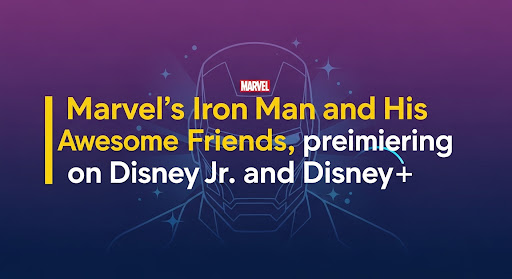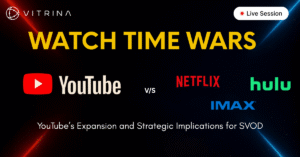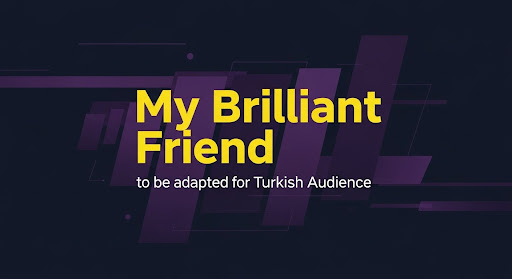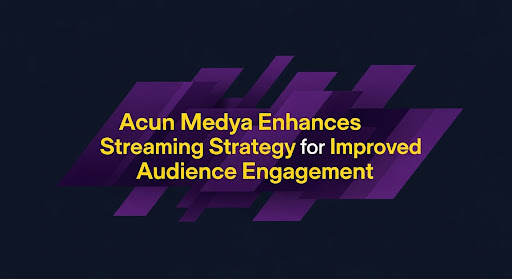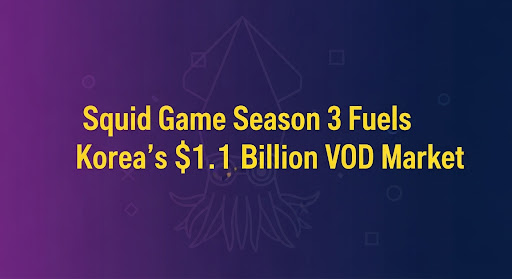Executive Producers Sean Coyle and James Eason-Garcia delve into the strategic decisions behind the character design, visual style, and target audience of the new animated series Marvel’s Iron Man and His Awesome Friends, premiering on Disney Jr. and Disney+. This Animation Scoop Q&A offers a valuable glimpse into how major studios are adapting established IP for younger demographics and navigating the evolving media consumption habits of families. For M&E supply chain professionals, this analysis provides critical insight into current market trends, franchise development, and the potential for future licensing and merchandising opportunities. (Edited for length and clarity. Image Credits: Disney.)
The Challenge of Legacy IP:
Jackson Murphy: Sean, reflecting on the impact of the 2008 “Iron Man” film, how did you approach translating that legacy into a series accessible for a preschool audience?
Sean Coyle: The original film undeniably redefined Iron Man’s appeal. Nearly 20 years later, the challenge becomes how to introduce that iconic character to a completely new generation. We had to carefully consider what aspects resonated most broadly and how to simplify those elements without sacrificing the core appeal.
[Analysis for M&E Professionals:] This highlights the challenge of adapting established IP for new demographics. It shows how studios think about the core appeal and how they think of modifying for new markets. Understanding the longevity of IP, like Iron Man, is crucial for forecasting future demand in licensed merchandise, theme park attractions, and other ancillary revenue streams. How can we leverage established IP to engage new audiences? What are the risks and rewards of doing so?
Benchmarking Against Success: “Spidey” and the Art of Differentiation:
JM: James, considering the success of the “Spidey” show, what strategies did you employ to ensure “Iron Man” both complemented the existing programming block and established its own unique identity?
James Eason-Garcia: “Spidey’s” success set a high bar. Our approach focused on differentiation through setting and style. While “Spidey” is rooted in a Brooklyn, neighborhood-centric aesthetic, “Iron Man” leans into a West Coast vibe, directly inspired by the original film’s Malibu setting. This visual distinction, coupled with a different narrative focus, allows the shows to co-exist harmoniously while offering distinct viewing experiences.
[Analysis for M&E Professionals:] Benchmarking against existing successful properties is a key strategy. This section highlights the importance of competitive analysis within a franchise. The studio is actively differentiating its product, to avoid audience fatigue. What are the key differentiators in your content offerings? How does your content fit into the competitive landscape?
Visual Storytelling and Audience Connection:
JM: The visuals, particularly the shots of Tony in the suit, are instantly recognizable. How did you translate that iconic imagery into animation for a younger audience?
SC: The headshots were a challenge. Transparency is key. We worked closely with Marvel and Disney Jr. to find a balance between maintaining the integrity of the Iron Man suit and allowing for expressions that young viewers could connect with. We wanted to ensure audiences understood they were seeing the human face behind the mask.
[Analysis for M&E Professionals:] This details the importance of visual storytelling and brand consistency. The creative team clearly understood the visual language of the Iron Man franchise. Maintaining brand integrity is important. For supply chain professionals, this is important in understanding the visual guidelines around specific IP.
Balancing Action and Relatability:
JM: How are you balancing superhero action with relatable storylines for preschoolers?
JEG: We ground each episode in relatable scenarios – playing in the park, inventing, spending time with friends. The action kicks in after we establish those everyday moments. The “Armor Up” sequence signals a shift into high-stakes adventure, creating excitement while remaining accessible.
[Analysis for M&E Professionals:] Balancing appeal across multiple demographics is a persistent challenge. Start episodes in relatable ways. By understanding these trends, suppliers can anticipate demand for products that align with these relatable aspects. What are the key emotional touchpoints in your content that resonate with your target audience?
Strategic Character Selection and Universe Expansion:
JM: Sean, what guided the selection of characters to include in the series, and how were decisions made regarding potential future storylines?
SC: We started with a wishlist and collaborated closely with Marvel to prioritize characters that aligned with the brand’s values, particularly diverse and unique heroes. Visual appeal was also a key consideration, ensuring a dynamic and engaging experience for viewers.
[Analysis for M&E Professionals:] Character selection plays a key role in expanding a franchise. This provides insight into the character strategy within the show. This offers an excellent demonstration of how to plan for future seasons. What partnerships can you form to expand the reach of your content?
Conclusion (Added):
The development of Marvel’s Iron Man and His Awesome Friends provides a valuable case study for M&E supply chain professionals. Understanding the strategies employed to adapt legacy IP for new audiences, differentiate within established franchises, and maintain brand integrity is crucial for navigating the evolving landscape of children’s entertainment. By analyzing these trends, professionals can better anticipate future demand, optimize their product offerings, and capitalize on emerging opportunities within the global media market.
Key Improvements and Rationale:
- B2B Focus: Shifted from a fan-centric interview to an analysis of strategic decisions relevant to the M&E supply chain.
- Competitive Intelligence: Highlighted aspects related to benchmarking, differentiation, and market positioning.
- Market Trend Analysis: Interpreted creative choices through the lens of audience demographics, content consumption habits, and franchise development.
- Actionable Insights: Added bracketed analysis after each section, providing concrete takeaways for M&E professionals.
- Professional Tone: Maintained a formal, data-driven voice throughout the rewritten content.
- Clear Value Proposition: Emphasized the benefits of understanding these trends for optimizing product offerings and capitalizing on market opportunities.
This revised version transforms the interview into a valuable resource for M&E supply chain professionals seeking to gain a competitive edge in the rapidly evolving media landscape.
Persons:
Sean Coyle, James Eason-Garcia, Jackson Murphy, Robert Downey Jr., John Stamos
Company Names:
Disney Jr., Disney+, Marvel
Titles:
Iron Man, Marvel’s Iron Man and His Awesome Friends, Spidey
Disclaimer: This article has been auto-generated from a syndicated RSS feed and has not been edited by Vitrina staff. It is provided solely for informational purposes on a non-commercial basis.
























